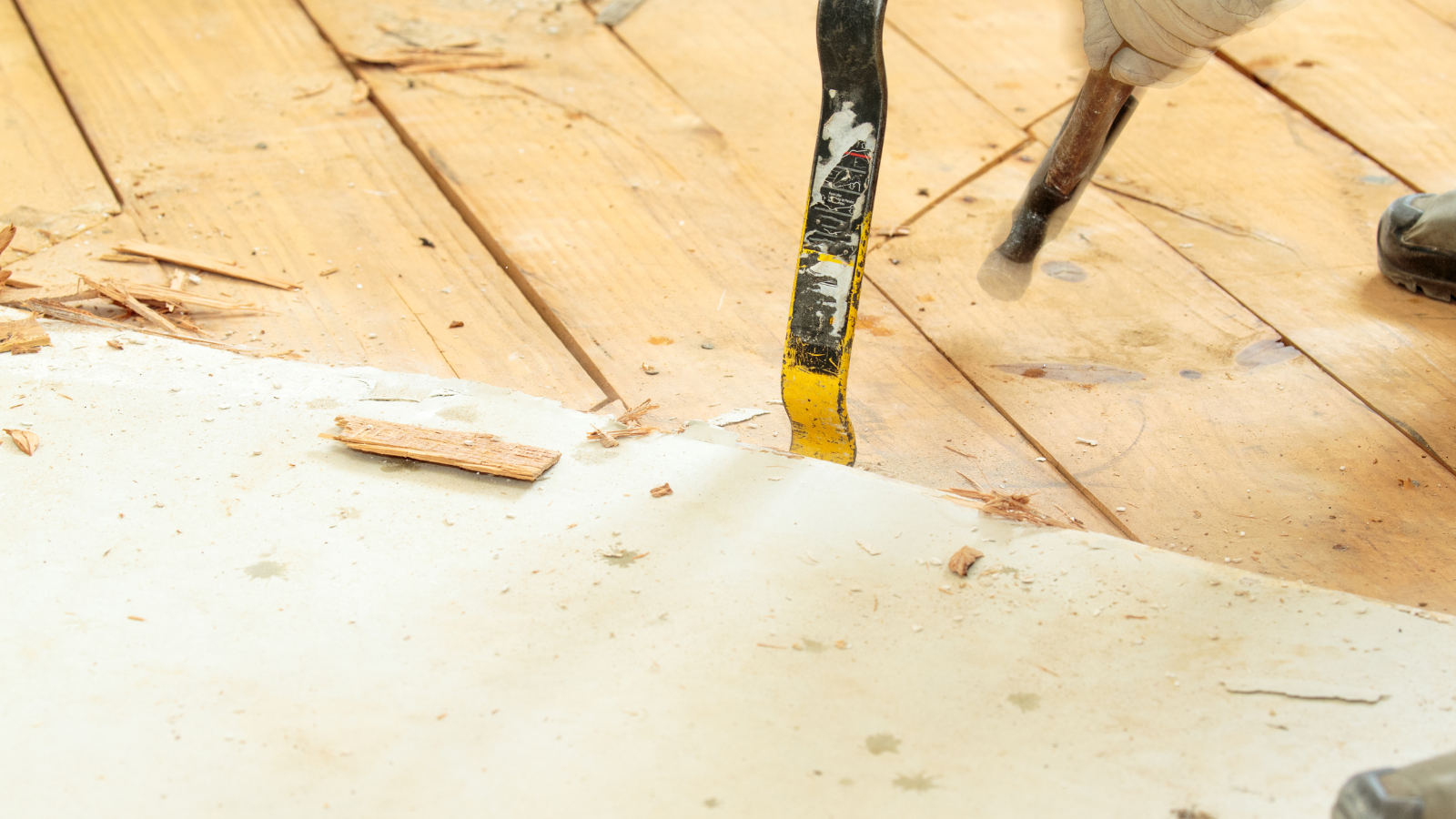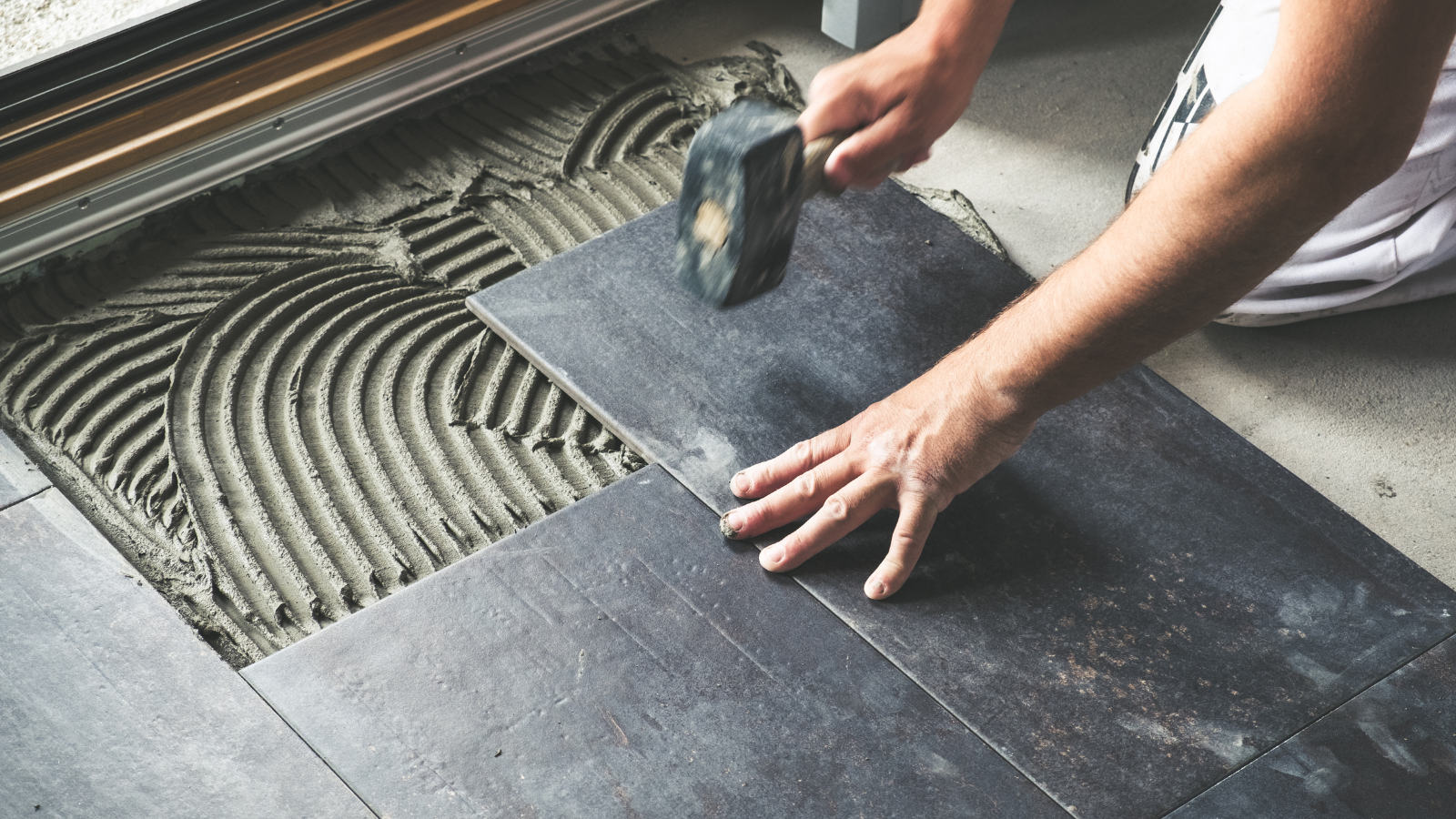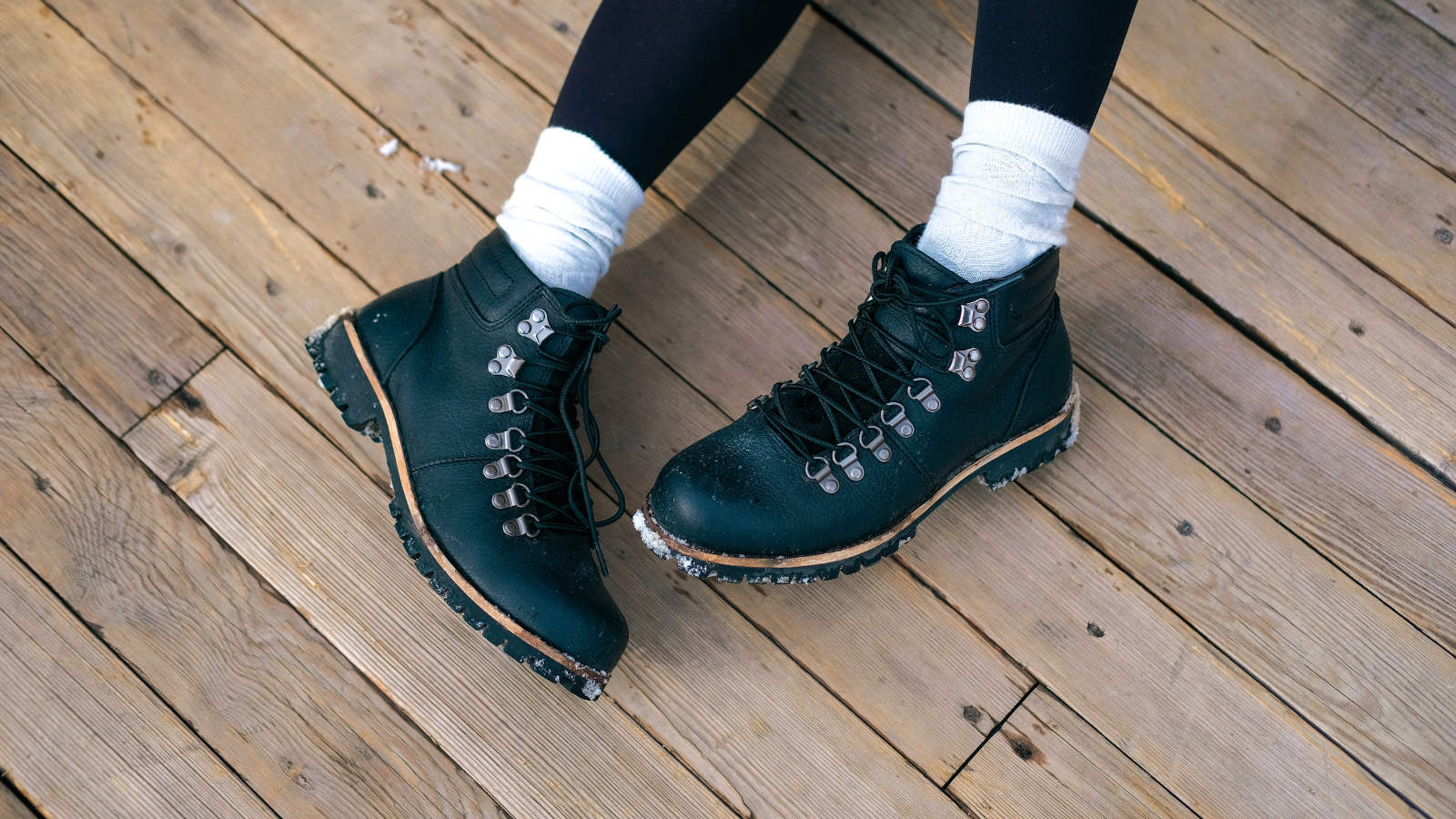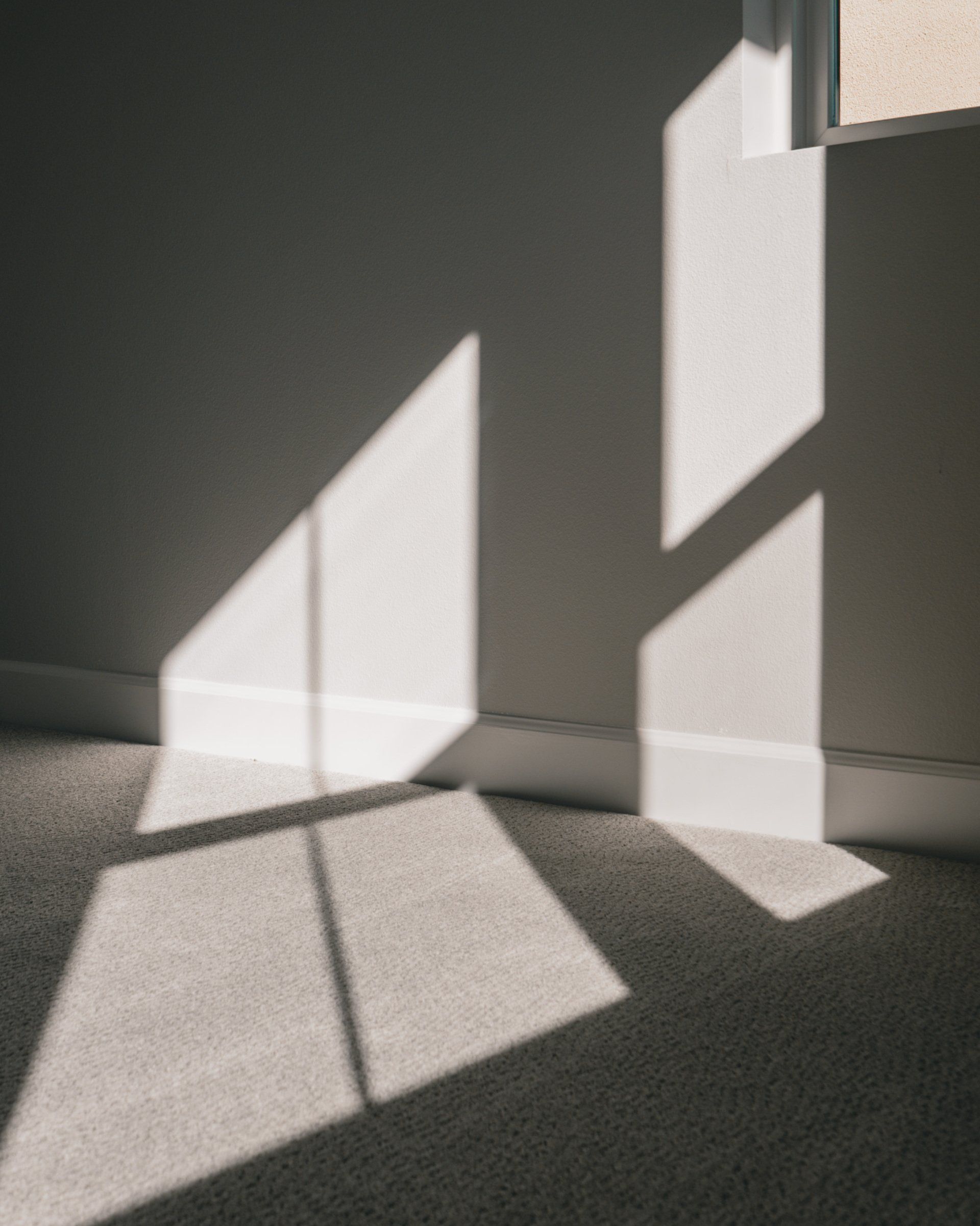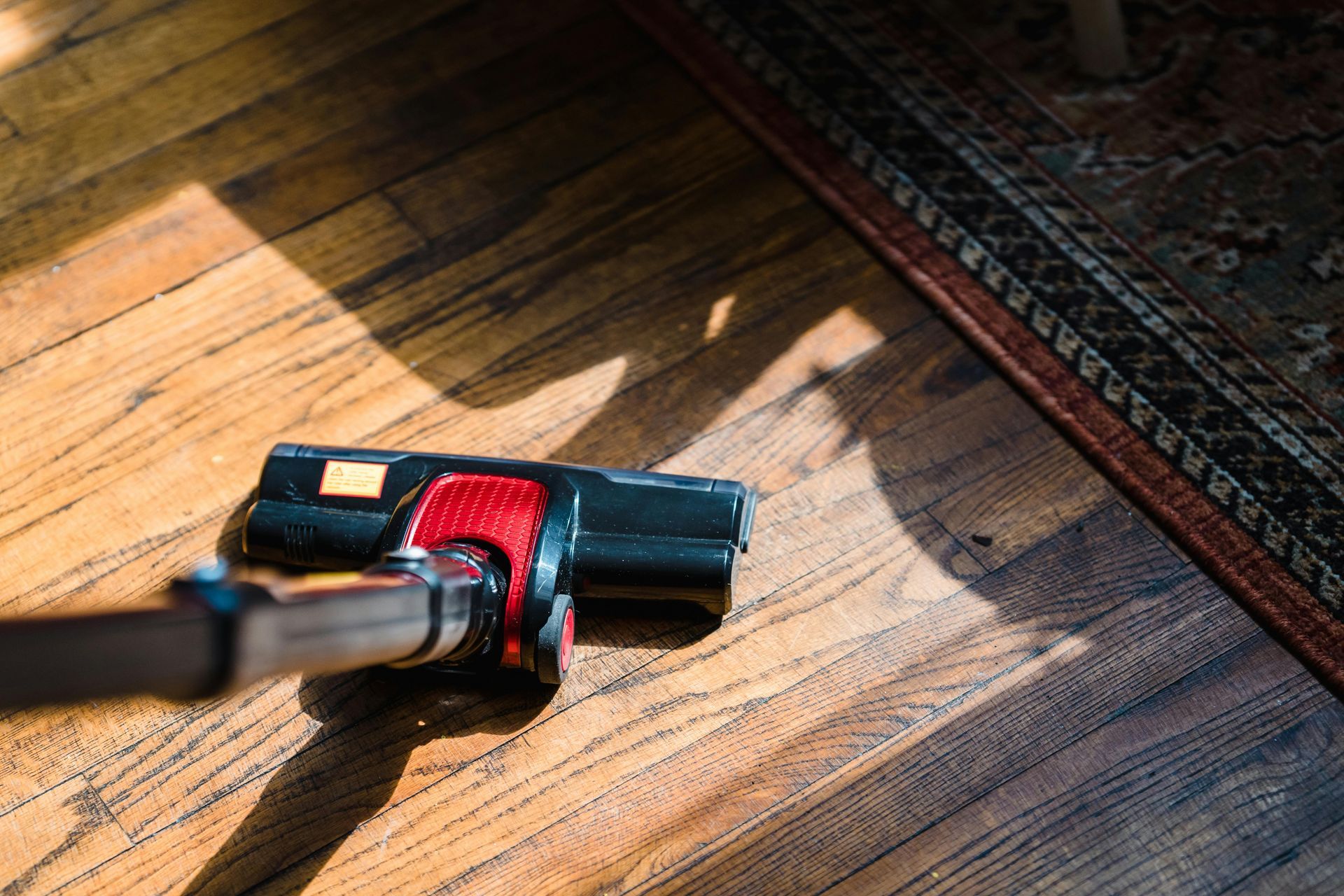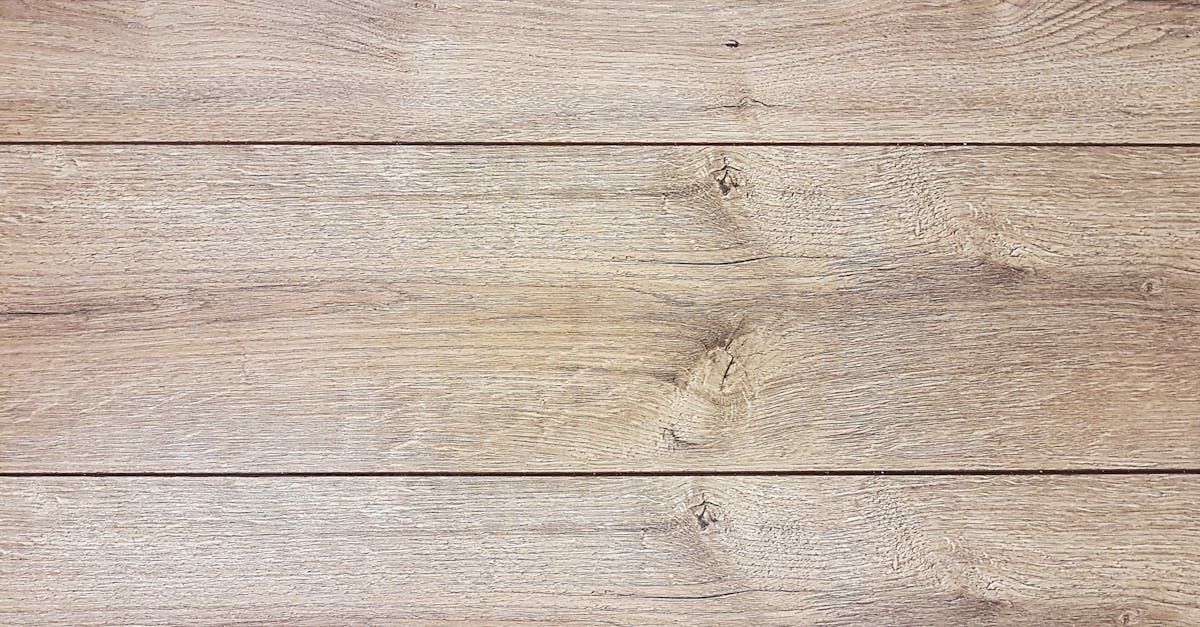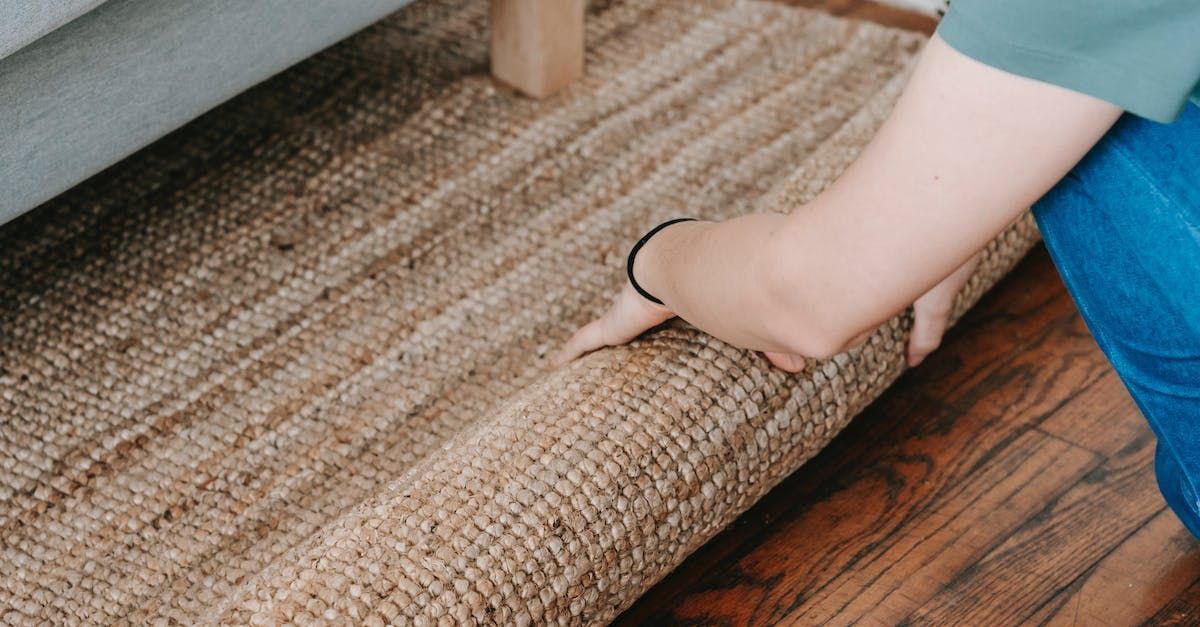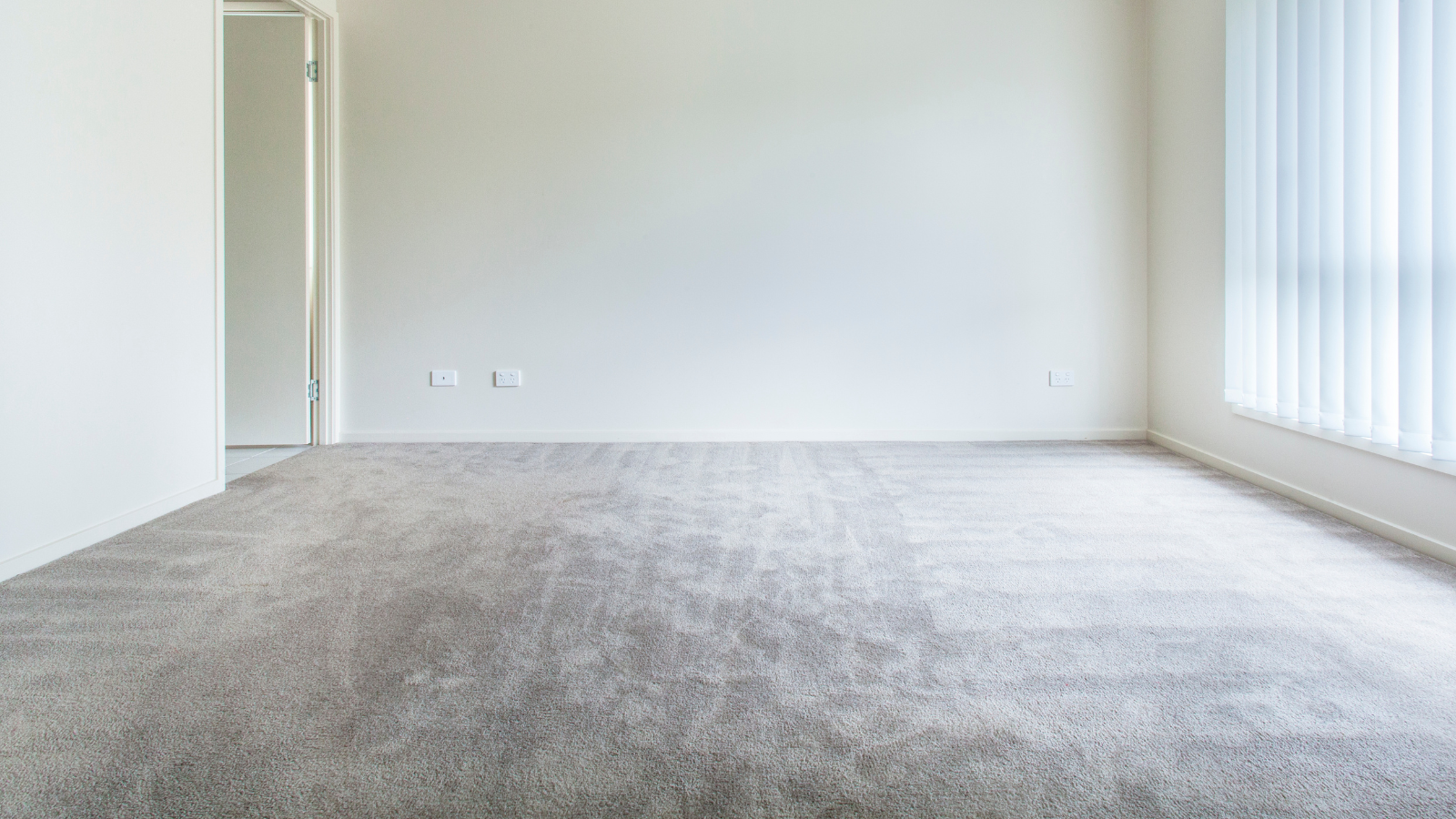Top 5 Flooring Options for Kitchens
Choosing the right kitchen flooring is a crucial decision for homeowners. It can significantly impact the overall aesthetics and functionality of your kitchen.
In this guide, we will explore the top five kitchen flooring options. We aim to provide valuable insights to help you make an informed decision.
From hardwood to eco-friendly options, each type of flooring has its unique benefits. We will delve into the pros and cons of each, considering factors like
durability, maintenance, and ease of cleaning.
We will also discuss the latest trends in kitchen flooring. Whether you prefer a classic or contemporary look, there's a perfect option for you.
By the end of this article, you'll have a clearer understanding of what to look for in kitchen flooring. Let's dive in and explore the best kitchen flooring options for your home.
1. Hardwood Flooring for Kitchens
Hardwood flooring is a popular choice for kitchens. It offers a timeless appeal that can complement any kitchen design.
Hardwood floors come in a variety of types and finishes. From oak to maple, you can choose the one that best suits your style and needs.
However, hardwood flooring is not without its challenges. It's important to consider factors like water resistance and durability.
Pros of Hardwood Flooring
Hardwood flooring adds a warm and inviting look to your kitchen. It's a classic choice that never goes out of style.
The variety of wood types and finishes allows for customization. You can choose a finish that matches your kitchen's color scheme.
Hardwood floors can also increase the resale value of your home. They are often a sought-after feature by potential buyers.
Lastly, hardwood floors can be refinished. This means you can change their look or repair damages without replacing the entire floor.
Cons of Hardwood Flooring
One of the main drawbacks of hardwood flooring is its susceptibility to water damage. Kitchens are prone to spills and splashes, which can damage the wood.
Hardwood floors can also scratch easily. This can be a concern in
high-traffic kitchens or homes with pets.
The cost of hardwood flooring can be high. Both the materials and installation can be more expensive than other flooring options.
Lastly, hardwood floors require regular maintenance. This includes cleaning and occasional refinishing to maintain their look and durability.
Maintenance Tips for Hardwood Floors
To maintain your hardwood floors, clean them regularly. Use a soft broom or vacuum to remove dust and debris.
For spills, clean them up immediately. This can prevent water from seeping into the wood and causing damage.
Lastly, consider refinishing your hardwood floors every few years. This can help to restore their shine and repair minor damages.
2. Eco-friendly Kitchen Floors
Eco-friendly kitchen floors are gaining popularity. They offer a sustainable choice without compromising on style or durability.
Materials like bamboo and cork are renewable resources. They regenerate faster than traditional hardwood, making them a more sustainable choice.
However, like any flooring option, eco-friendly floors have their pros and cons. It's important to consider these before making a decision.
Benefits of Bamboo and Cork Flooring
Bamboo flooring is durable and stylish. It's similar to hardwood in appearance, but it's a more sustainable choice.
Cork flooring is soft and comfortable underfoot. It's also a great
insulator, helping to keep your kitchen warm in the winter and cool in the summer.
Both bamboo and cork are naturally resistant to moisture and mold. This makes them a good choice for kitchens.
Lastly, these materials are recyclable and biodegradable. This reduces their environmental impact at the end of their life cycle.
Considerations for Sustainable Flooring
While bamboo and cork are sustainable flooring options, they are not without their drawbacks. For instance, they can be susceptible to scratches and dents.
The color of bamboo and cork can fade over time. This is especially true if they are exposed to direct sunlight.
Also, not all bamboo and cork flooring is created equal. Some manufacturers use harmful chemicals in the production process. It's important to choose flooring from a reputable source.
Lastly, while these materials are more sustainable, they can still have a significant carbon footprint due to shipping. Consider the source of the materials and the distance they have to travel.
Maintenance Tips for Eco-friendly Floors
To maintain your eco-friendly floors, clean them regularly. Use a soft broom or vacuum to remove dust and debris.
For spills, clean them up immediately. This can prevent water from seeping into the material and causing damage.
Lastly, consider using area rugs or mats in
high-traffic areas. This can help to protect your floors from wear and tear.
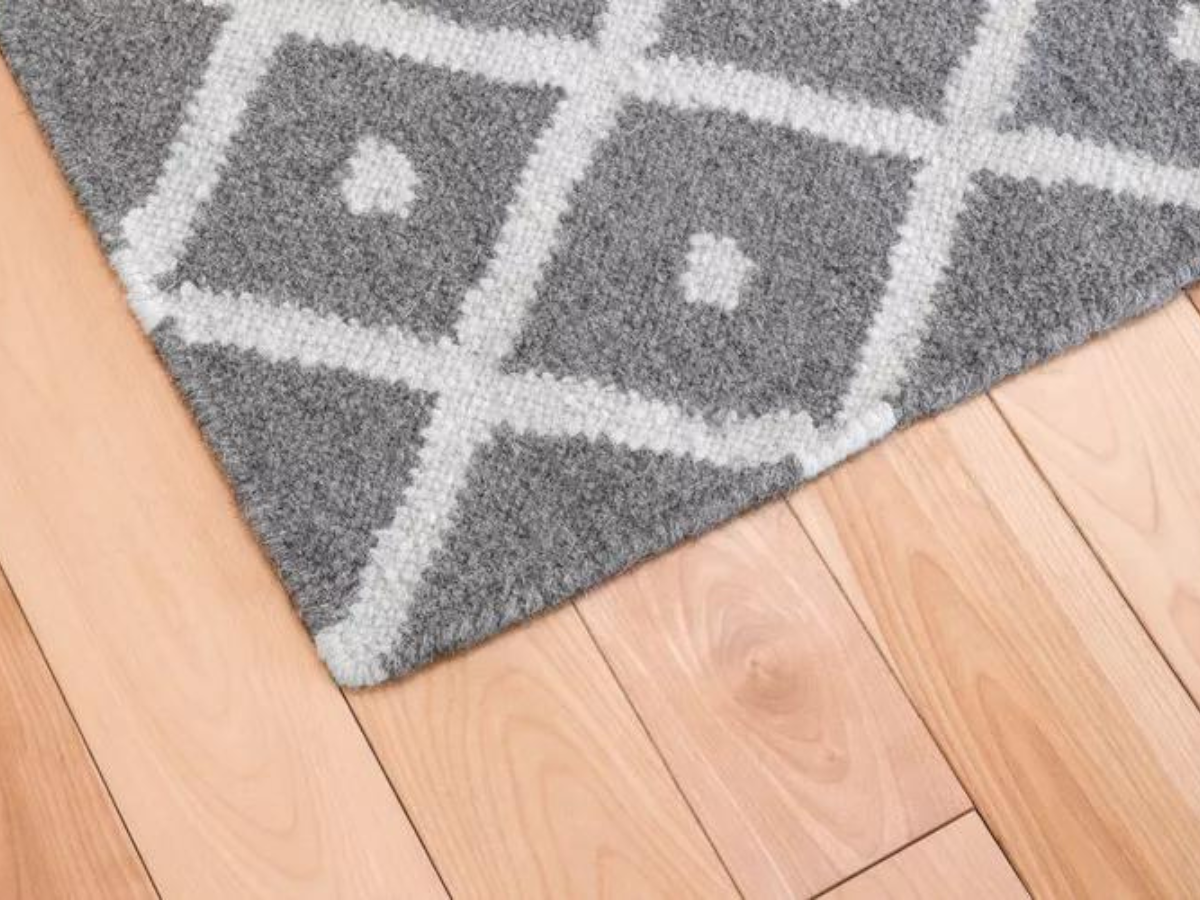
Photo By: The Spruce
3. Durable Kitchen Tile Options
Kitchen tile options are vast and varied. They offer durability and a wide range of design possibilities.
Tiles can be made from a variety of materials. The most common are porcelain and ceramic. Both are known for their durability and water resistance.
However, like all flooring options, tiles have their pros and cons. It's important to weigh these before making a decision.
Advantages of Porcelain and Ceramic Tiles
Porcelain and ceramic tiles are extremely durable. They can withstand heavy foot traffic and are resistant to scratches and stains.
These tiles are also water-resistant. This makes them a great choice for kitchens, where spills are common.
Another advantage is the design possibilities. Tiles come in a wide range of colors, patterns, and sizes. This allows you to create a unique look for your kitchen.
Lastly, tiles are easy to clean. Most spills can be wiped up with a damp cloth.
Disadvantages of Tile Flooring
One disadvantage of tile flooring is that it can be cold underfoot. However, this can be mitigated with underfloor heating.
Tiles can also be slippery when wet. It's important to choose tiles with a slip-resistant finish, especially in a kitchen.
Another drawback is that tiles can be hard and unforgiving. Dropping a dish or glass on a tile floor is more likely to result in breakage.
Lastly,
grout lines can be a challenge to keep clean. They can attract dirt and can become discolored over time.
Maintenance Tips for Tile Floors
To maintain your tile floors, clean them regularly. Use a soft broom or vacuum to remove dust and debris.
For deeper cleaning, use a mild detergent and warm water. Avoid using harsh chemicals, as they can damage the tile and grout.
Lastly, consider sealing your grout. This can help to prevent staining and make it easier to clean.
4. Vinyl Kitchen Flooring
Vinyl flooring is a popular choice for kitchens. It's known for its durability, affordability, and ease of installation.
Vinyl flooring comes in a variety of styles. You can find options that mimic the look of wood, stone, or ceramic tile.
Despite its many benefits, vinyl flooring also has some drawbacks. It's important to consider these before making your decision.
Pros of Vinyl Flooring
Vinyl flooring is water-resistant. This makes it a great choice for kitchens, where spills are common.
Another advantage is its durability. Vinyl flooring can withstand heavy foot traffic and is resistant to scratches and stains.
Vinyl flooring is also easy to install. Many options come with a
peel-and-stick backing, making installation a breeze.
Lastly, vinyl flooring is affordable. It's a great option for those on a budget.
Cons of Vinyl Flooring
One drawback of vinyl flooring is that it can be easily punctured. Sharp objects, like knives or forks, can cause damage.
Vinyl flooring can also fade over time. Exposure to sunlight can cause the color to fade.
Another disadvantage is that vinyl flooring can't be refinished. If it gets damaged, it needs to be replaced.
Lastly, vinyl flooring can emit
volatile organic compounds (VOCs). These can affect indoor air quality.
Maintenance Tips for Vinyl Floors
To maintain your vinyl floors, sweep or vacuum regularly. This will help to remove dust and debris.
For deeper cleaning, use a mild detergent and warm water. Avoid using harsh chemicals, as they can damage the vinyl.
Lastly, place protective pads under furniture legs. This can help to prevent scratches and dents.
5. Easy-to-Clean Kitchen Floors
When it comes to kitchen flooring, ease of cleaning is a key factor. After all, kitchens are prone to spills and messes.
Some flooring options are easier to clean than others. These include vinyl, tile, and laminate flooring.
These materials are resistant to stains and spills. They can be quickly wiped clean, saving you time and effort.
Top Choices for Easy Cleaning
Vinyl flooring is a top choice for easy cleaning. It's water-resistant and can be wiped clean with a damp cloth.
Tile flooring is another good option. It's resistant to stains and can be cleaned with a mop or sponge.
Maintenance Tips for Easy-to-Clean Floors
To maintain easy-to-clean floors, regular sweeping or vacuuming is essential. This helps to remove dust and debris.
For spills, it's best to clean them up immediately. This prevents them from setting in and causing stains.
Lastly, for a deeper clean, use a mild detergent and warm water. Avoid harsh chemicals, as they can damage the flooring.
Conclusion
At Sunshine Flooring, we offer a range of durable, stylish, and easy-to-clean kitchen flooring options to elevate your space. From timeless hardwood to eco-friendly bamboo and cork, versatile tiles, durable vinyl, and easy-care surfaces, we have the perfect solution for your kitchen.
Transform your kitchen with Sunshine Flooring for a beautiful, functional space.
Contact us today to explore our premium-quality flooring options that combine style and practicality seamlessly. Elevate your kitchen experience with Sunshine Flooring!
